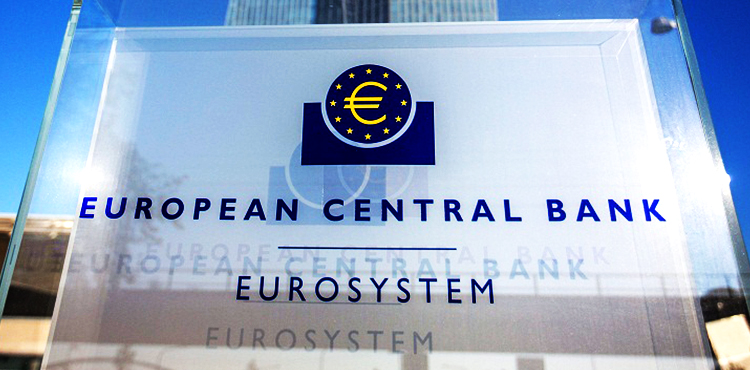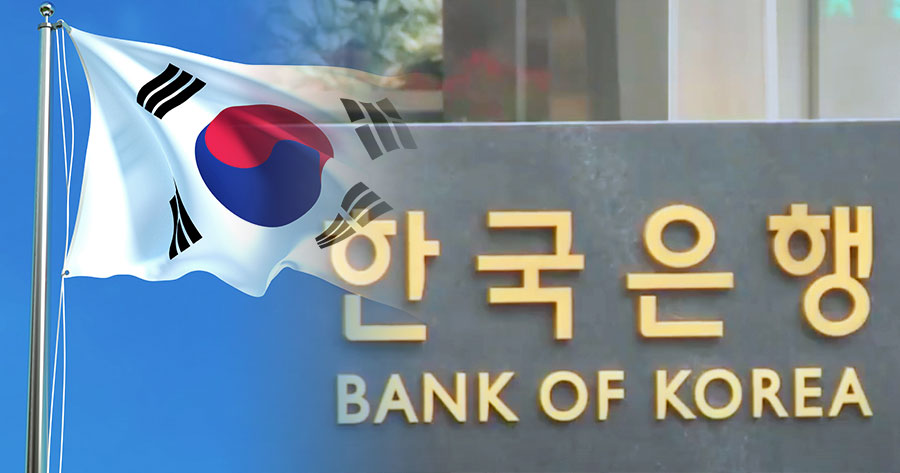In a move demonstrating division within the Bank of England’s ranks, its Monetary Policy Committee found itself split on Thursday regarding interest rate adjustments. As anticipated, the central bank decided to maintain its Bank Rate steady at 4.75%, yet unexpectedly, three policymakers backed a reduction to 4.5%.
Prior surveys from Reuters predicted a single dissent in favor of rate cuts; thus, the broader support for lower borrowing costs took markets by surprise, causing the sterling to dip against the dollar. Governor Andrew Bailey underscored the necessity to adhere to the BoE’s “gradual approach” in the realm of rate adjustments.
Earlier expectations foresaw an 8-1 vote favoring rate stability, yet the reality was a 6-3 split within the committee. This divergence highlights the complex economic landscape facing the UK, as inflation pressures persist and the economic outlook dims.
The BoE has shown more restraint in rate cuts compared to the Federal Reserve and the European Central Bank, opting for a mere half percentage point reduction this year. Data released on Wednesday indicates that UK inflation climbed to 2.6% in November, leading the G7 economies and surpassing previous BoE predictions.
As inflationary trends maintain an upward trajectory, the bank cautioned about further rises in the near term. Concurrently, the BoE has revised its growth forecast for the year’s final quarter from 0.3% to flat, reflecting the economy’s recent contraction in September and October—the first consecutive monthly GDP declines since 2020.
The contraction coincides with diminished business confidence following Finance Minister Rachel Reeves’ budget announcement, which introduced a £25 billion tax increase targeting employers. This fiscal action adds another layer of complexity to the economic challenges the UK currently navigates.





